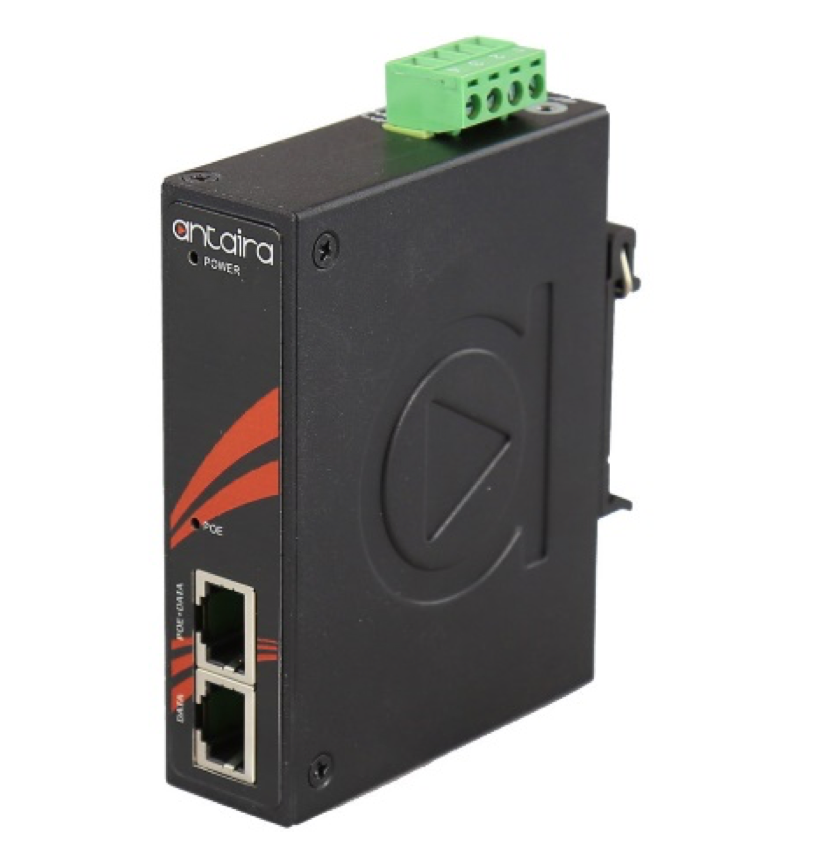Optimizing industrial networks is something of an endless pursuit. New technologies are available every year, and each upgrade can lead to superior communication, more powerful tools, and opportunities to optimize the facets of any operation. Within the realm of network optimization is designing for electrical usage and distribution. Much of the operating cost of your network will come from raw electricity consumption.
Optimizing this component of your industrial network is the key to lowering overhead, and there are many resources available to accomplish it. Today, we want to focus on five specific issues that can be solved without redesigning the existing infrastructure. Taking advantage of any, or all, of these concepts can produce reliable energy efficiency returns that will pay for itself in no time.
1. Use Your Data to Find Inefficiencies
Internet of Things (IoT) devices are abundant in production facilities. Massive numbers of sensors are added across the facility to collect data and allow powerful analytical tools to maximize efficiency. This concept can certainly be applied to your power usage and distribution. It is already crucial for managing power to heavy machinery and critical systems. You can turn that analysis on your network as well. Let the data guide you and remove any guesswork from your optimization strategy.
It’s a straightforward concept and remarkably efficient to deploy. IoT sensors already have to be integrated into your network infrastructure. Ensuring that there are enough nodes and resources to collect data on your networking power draw requires very little adaptation to your IoT deployment.
2. Utilize Wake Time Management
Some telecom statistics can prove eye-opening. Telecom already accounts for two to three percent of global energy demand. A similar trend is true in industrial facilities, and significant investments in IoT can increase that percentage. Your networking infrastructure may not drive all of your energy costs. Still, the total draw is significant, and in the long run, reducing even a single percentage of your energy costs can add up rapidly.
Further investigation of telecom energy demand reveals that roughly 85 percent of networking energy costs come from idling equipment. That represents an opportunity for efficiency increases. Wake time management is built into many modern networking nodes. The concept has primarily been developed for IoT and is relatively easy to incorporate into any industrial network. Using wake time management in your industrial network can slash idle power draw and improve on your greatest source of inefficiency.
One place to look for wake time resources is through Wi-Fi 6 devices. The Wi-Fi 6 standards include Target Wake Time (TWT). This standard allows you to define wake time across your wireless nodes to streamline efficiency in your power draw.
3. Strategize Your Cooling Systems
Cooling systems are a considerable consumer of power. Servers and network closets that require active cooling will run up the power bill. It is especially true in production plants that tend to drive up the ambient temperature of the facility. There are a few ways to optimize for cooling power draw. One is to centralize. It is more efficient to cool a single closet or location than several. Consolidating these points enables you to optimize your cooling equipment for any given networking closet.
Perhaps a more straightforward method is to invest in systems that can handle high temperatures. Industrial devices exist for virtually every function in your facility. If they operate nominally without external cooling, you have more design freedom, saving on that long-term cost. Fanless, high operating temperature devices will often cost more out of pocket upfront, but they tend to last longer and require less maintenance. That plus the power savings can make them cheaper over long periods.
Industrial-grade networking devices made by Antaira, Cel-Fi, and plenty of other proven manufacturers are abundant. You can browse for any and every device you need to customize your network and eliminate cooling costs.
4. Power Through Ethernet
Power over Ethernet (PoE) is hardly a new concept, but optimizing it can be a lynchpin in controlling power draw. For facilities and networks with physical limitations on where you can run power lines, improving your power budget should not prove overwhelmingly difficult.
One concept that is important to remember is that of PoE injectors. For existing networks, PoE injectors can prove a cost-effective way to add power to existing Ethernet infrastructure. The injectors allow you to upgrade equipment rather than replacing it. Look to the Antaira INJ-0200G as a prime example. It upgrades existing Gigabit Ethernet with 30 or 60 Watt outputs.
Installing PoE lines consolidate power sources. It offers many opportunities for efficiency gains, especially when collocating external cooling systems in your network and improving overall power stability.
5. Improve Stability with UPS Devices
Stability is a non-negotiable aspect of network design. Any loss of power to nodes in your network can lead to downtime in the facility. That often comes with unrecoverable financial losses. Power infrastructure has to be stable, but replacing or upgrading power infrastructure can be extremely expensive.
A simple workaround is the use of uninterruptible power supplies (UPSs). Add them to crucial network nodes, and they will enhance stability and uptime plus protect against irregular power input and transients. They provide an ad hoc solution that allows you to control costs while solving the problem. Falcon has a large selection of UPS devices that provide ample options for backing up your primary power source.
Efficiency in Your Industrial Network
There are many ways to approach electrical optimization in an industrial facility — whether you are focused on networking or not. Anything that improves your power supply for the entire facility is likely to bring returns to your networking overhead as well. But, when you focus on specific aspects of a problem, you can find niche solutions that empower you with options. That will always remain the secret to designing and maintaining systems that check all of your boxes and meet your needs as you pursue better returns on efficiency. When your focus is on the industrial network, Westward Sales is always here to lend our expertise. Reach out to us with any questions you might have and we would be happy to help.


Leave a Reply